As Chennai attempts to decentralise its waste management system and looks to reduce the quantum of waste that is landfilled, facilities that handle wet and dry waste play a key role in the process. Any lapse in the functioning of the Micro Composting Centres (MCC) in handling wet waste and the Material Recovery Facilities (MRF) in processing dry waste would defeat the purpose of decentralisation.
“After we collect the segregated waste, we deposit the dry waste in the Material Recovery Facilities (MRF) or Resource Recovery Centres (RRC). Plastic, paper, thermocol, clothes, old mattresses and pillows and even coconut shells are deposited,” says a conservancy worker from South Chennai on what kind of waste is handled at the MRFs.
“Material Recovery Facilities and Resource Recovery Centres are one and the same,” says a GCC official. “Now the nomenclature remains as ‘Material Recovery Facility’ only.”
Are MRFs serving the purpose of managing the dry waste produced in Chennai? We find out.
Do we have enough MRFs in Chennai?
Currently, there are around 150 functional MRFs in Chennai, informs a GCC official. Every ward does not have a facility. Sometimes two to three wards share a material recovery facility.
Unlike micro composting centres where the operations and maintenance have been privatised, MRFs are maintained by GCC only.
“Around 2400 MT of dry waste is produced in Chennai on average every day and around 1000 MT goes to processing [every day],” says an official of the GCC.
Hence, 1400 MT of dry waste on average does not undergo processing and ends up in the dumpyard. Less than 50% of the dry waste produced is being handled by the MRFs in the city.
Read more: Swachh Survekshan ranking signals broad issues in waste management in Chennai
Of the dry waste that is processed, thermocol waste is sent to pyrolysis plants to make fuel oil in Manali. Plastic and thermocol also go to cement manufacturing units in Chennai. Cotton beds and mattresses go to incinerators. Coir beds and mattresses go to vendors who make cushions for dogs in dog shelters.
“When the MRF is full, it is emptied to these places,” says a Swachh Bharat Mission Animator in the city.
Spot-check of some MRFs in Chennai
A visit to some of the MRFs across the city showed varying levels of functionality. A few MRFs were also locked when we visited.
“We are managing with the already existing MRFs for dry waste management,” says the official when we asked why some MRFs were locked.
The MRF that was present in the Kannigapuram NCC playground in Pulianthope which caught fire on Sunday (21st May), confirms another animator. The reason for the fire is yet to be found.
Apart from locked MRFs, there are also unmanned facilities. There are no CCTV cameras nearby too.
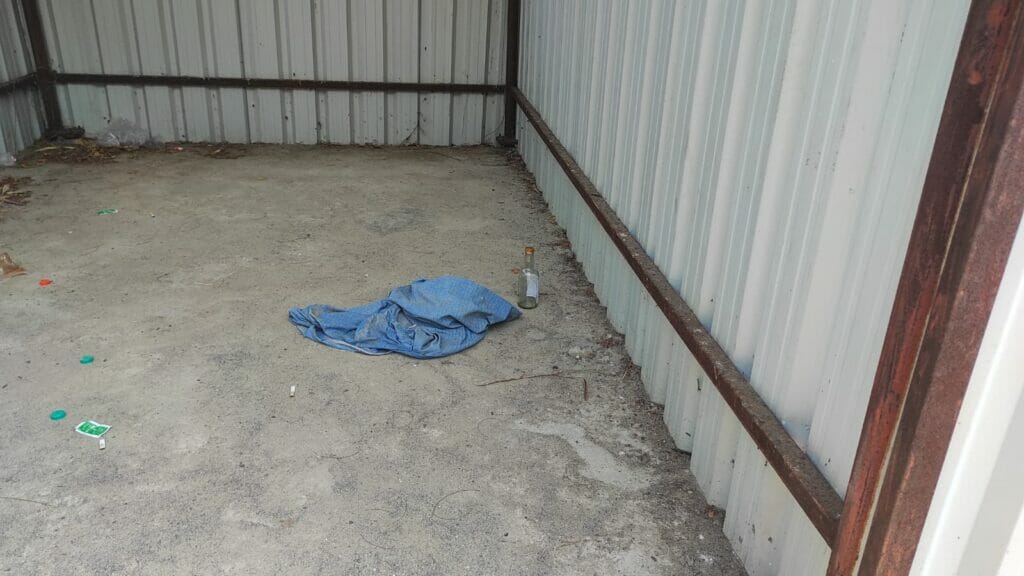
The GCC official confirms that they do not have manpower specifically earmarked for MRF operations and maintenance. However, in the facilities adjacent to micro composting centres, there are personnel who also keep an eye on the dry waste facility too.
Another facility in Velachery Burial Ground is functional, but it is very badly maintained that residents hardly go near it, says Hemalatha, a resident, who used to live in Velachery.
But not all the dry waste collected by the conservancy workers goes to the MRFs “Dry waste we collect is weighed. Then, we are allowed to take some valuable plastics to make some extra money by selling them off,” says a conservancy worker. “I make around Rs. 50 to Rs. 80 by selling these plastic items, which boosts my daily wages.”
Read more: Conservancy workers have a few simple requests for Chennaiites
However, there is a caveat. The dry waste that is sold off to private vendors by the conservancy workers has no formal route of management.
“These vendors take the most valuable dry waste articles and dump the rest out,” says Jayanthi P, a solid waste management enthusiast from Thiruvanmiyur. “So, we do not where the dry waste is going.”
Animators confirm that they are aware of the weight of the dry waste taken by conservancy workers. But there is no track record of what happens to that waste after it is sold off.
Dry waste management not sustainable
“Dry waste is more complex to manage than wet waste. Even though incineration and pyrolysis are not climate-friendly, we can accept to a certain extent that it prevents dry waste from entering the landfills,” says Geo Damin, a researcher of solid waste management from Poovulagin Nanbargal.
Dry waste is taken from the MRFs and sent off to incinerators and pyrolysis plants. “Pyrolysis and incineration are not recycling processes,” he remarks. “It is just a means to reduce the volume of waste.”
He also talks about the local body playing the blame game on residents not segregating waste, while the government does not have adequate waste management and processing centres.
To holistically manage dry waste, production has to be streamlined. “GCC has banned the usage and manufacture of single-use plastic. They can properly enforce the ban and thereby reduce dry waste to a greater extent.”
He notes that GCC must work towards the goal of being zero-waste in a climate-friendly manner.
GCC has begun a campaign called Reduce, Recycle and Reuse (RRR), as part of the Swachh Bharat Mission, to manage dry waste from May 20th to June 5th. These centres are set up in all the 200 GCC wards- in MRFs and ward offices. There are cartons placed in these centres for people to deposit plastic items, clothes, footwear, books, and toys. These items will be given to people with no means and recycling centres after the campaign.
Residents can also hand over the dry waste for the RRR campaign to the workers who do the door-to-door collection of waste. In the orientation conducted for RRR, many RWAs participated. “RRR is a good initiative for dry waste management. But what happens after June 5th? Will we go back to burning dry waste?”, asks an RWA member.
The condition of MRFs in Chennai at the moment cannot help GCC realise its zero-waste goals. The introduction of personnel and streamlining of operations is the need of the hour.
With more than half the dry waste being landfilled, the workings of the MRFs must be improved to meet Chennai’s long-term solid waste management goals.

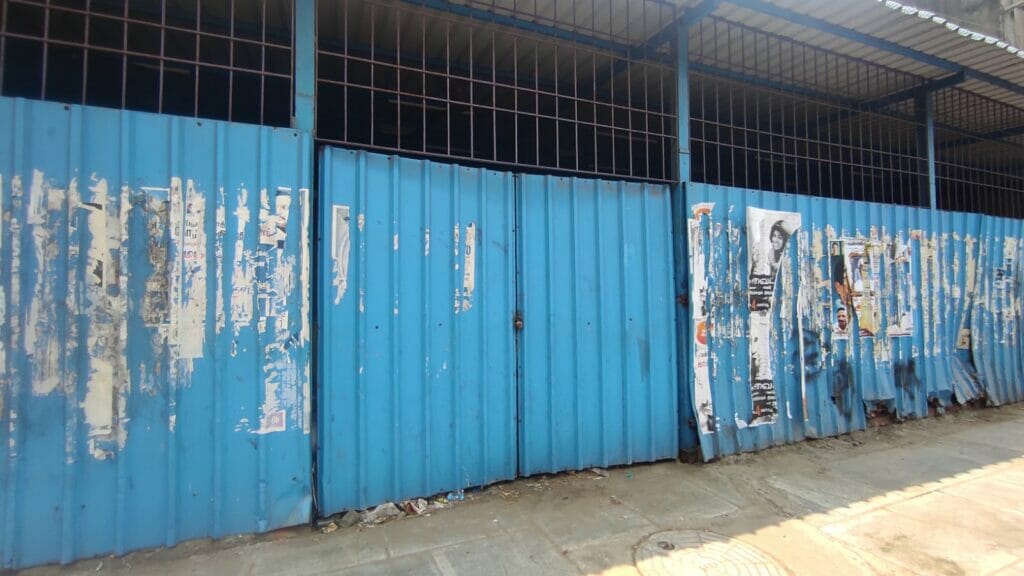
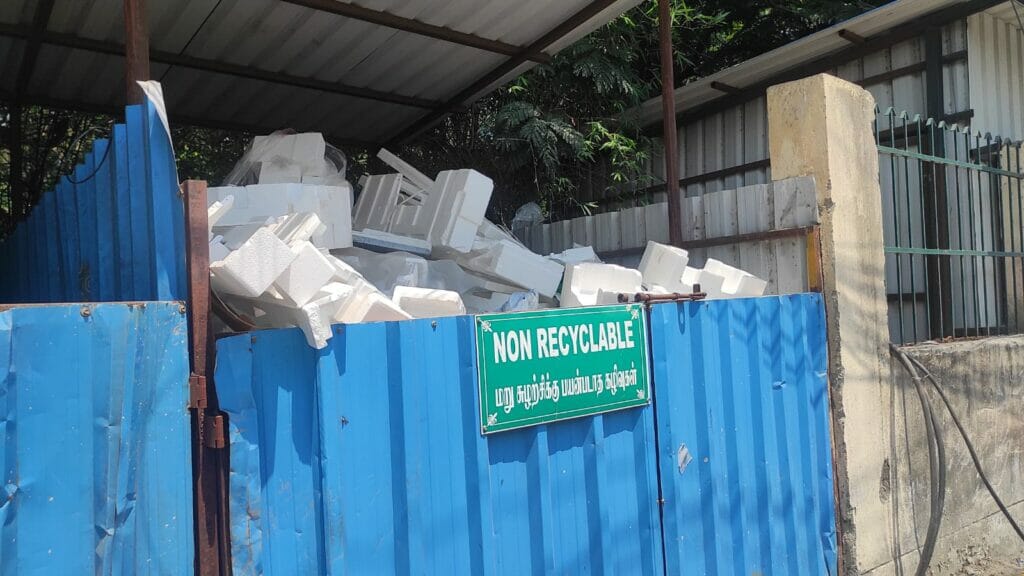
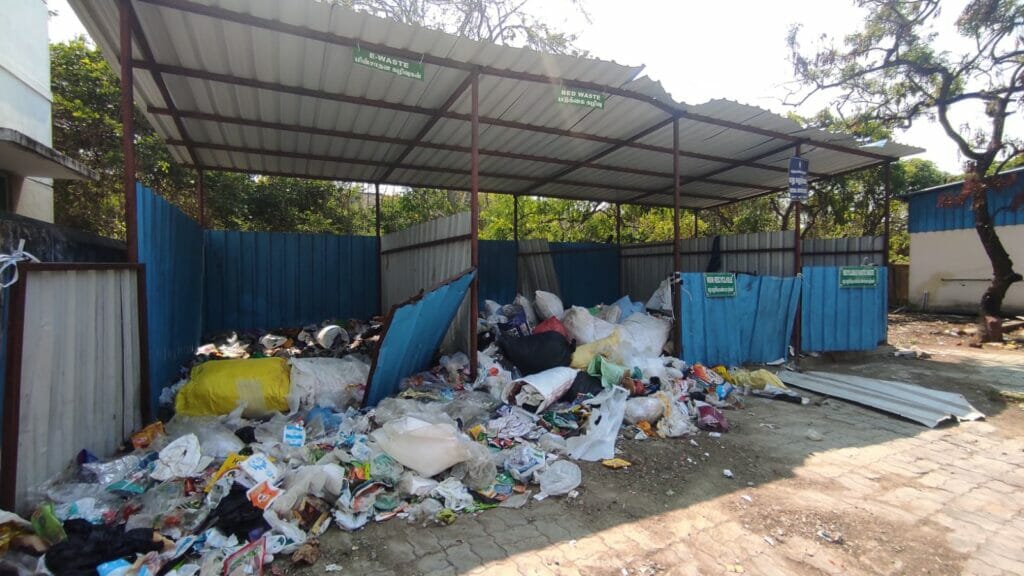
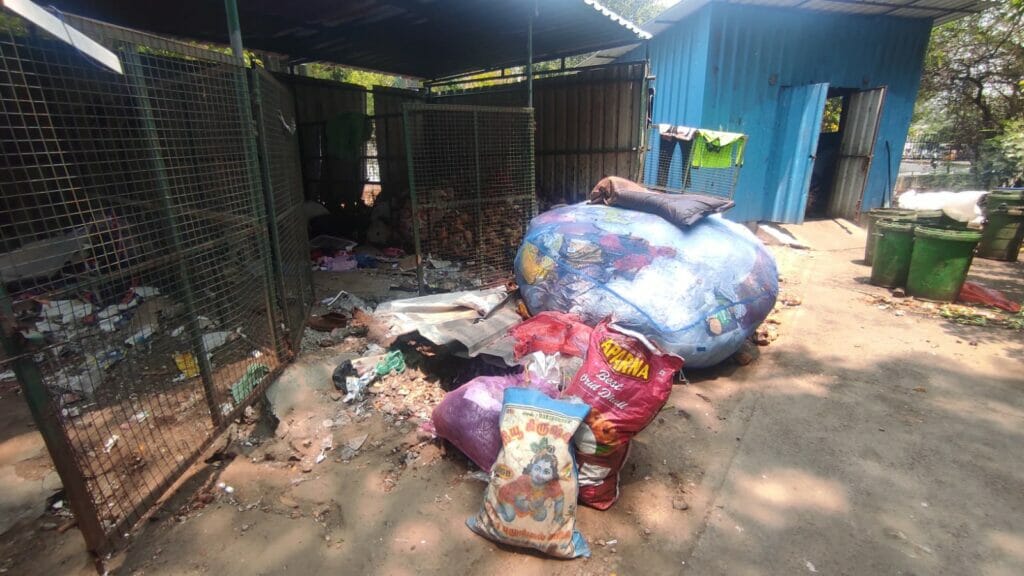
It’s encouraging to see Chennai taking steps toward decentralizing its waste management system and addressing the challenges of waste disposal. The emphasis on facilities like Micro Composting Centres and Material Recovery Facilities is crucial, as any hiccup in their operations could really undermine the whole effort to reduce landfill waste. The insight from the conservancy worker highlights the variety of items we often overlook when we think about waste—it’s not just food scraps but a multitude of materials like plastics, paper, and even old mattresses that need proper handling. It’s interesting to learn that the terminology has shifted to focus solely on “Material Recovery Facilities,” reflecting how important these centers are becoming in the city’s waste management strategy. This shift and the concerted efforts of the workers behind the scenes are vital for pushing Chennai toward a more sustainable future.